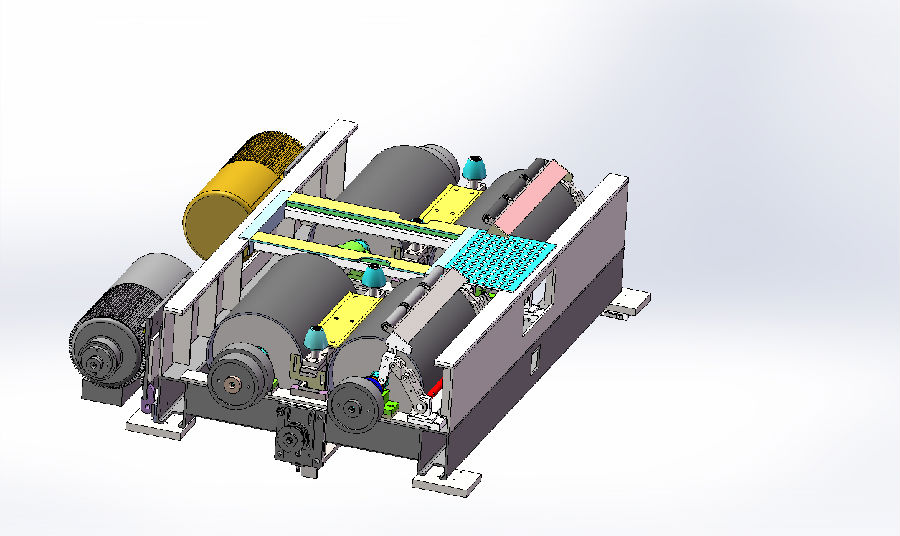Comprehensive drum test bench program instructions (2)
- 2020-05-11-
2. Suitable vehicles for testing
Axle weight: less than 2000kg
Wheelbase: 1450-1900mm (customizable)
Wheelbase: 2300-3100mm (customizable)
Tire Specification: 15-20Inch
Minimum ground clearance: 100mm
Workstation cycle is less than 3 minutes

3. Detection range and accuracy
Test items | Measuring range, accuracy |
speed | 0-120km\/h; 0.1% full scale |
Static braking force | Greater than 3500N; 1% full scale |
Dynamic braking force | Greater than 3500N; 1% full scale |
Wheelbase adjustment speed and accuracy | Greater than or equal to 60mm\/s, error ±1.0mm |
Front and rear axle speed deviation | Average speed: <0.1km\> Speed change: <0.5km\> |
Related News
- How does the dynamic four wheel aligner avoid communication interference?
- Introduction to vehicle electrical inspection
- How to choose a good pass four wheel aligner
- What is the assembly line
- The important role of the through four wheel aligner
- The four main points of 3D laser four wheel aligner maintenance
- Working principle of electric chassis dynamometer
- Vehicle off-line comprehensive diagnostic equipment
- How to choose a good dynamic four wheel aligner
- Precautions for selecting a non-contact four-wheel aligner
- Introduction to the main components of the comprehensive drum test bench (2)
- What are the main components of the drum table?
- What are the main components of the drum table? (2)
- Introduction to technical parameters of comprehensive drum test bench
- Scope of supply of comprehensive drum test bench equipment
- Instructions for use of the contact type dynamic surface measurement 4 wheel alignment instrument (I)
- Instructions for use of the contact type dynamic surface measurement 4 wheel alignment instrument (2)
- Basic structure and working principle of contact type dynamic surface measurement 4 wheel alignment instrument (I)
- Basic structure and working principle of contact type dynamic surface measurement 4 wheel alignment instrument (2)
- Contact type dynamic surface measurement 4 wheel alignment instrument test process
